I am using the following code to plot some data points and it works well in ggplot. However, when I feed this into ggplotly, the visualization and Y-axis labels change completely. Y-axis label shift to right and gets flipped, and the lines in the center get thinner.
Code
library(ggplot2)
library(tidyverse)
library(plotly)
file2 <- read.csv( text = RCurl::getURL("https://gist.githubusercontent.com/gireeshkbogu/806424c1777ff721a046b3e30e85af5a/raw/50ac0b4696f514677b4987b90305fdf879fbcd84/reproducible.examples.txt"), sep="\t")
p <- ggplot(data=subset(file2,!is.na(datetime)),
aes(x=datetime, y=Count,
color=Type,
group=Subject)) +
geom_point(size=4, alpha=0.6) +
scale_y_continuous(breaks=c(0,1))+
theme(axis.text.x=element_text(angle=90, size = 5))+
facet_grid(Subject ~ ., switch = "y") +
theme(axis.title.y=element_blank(),
axis.text.y=element_blank(),
axis.ticks.y=element_blank())+
theme(strip.text.y.left = element_text(angle = 0, size=5)) +
scale_color_manual(values=c("red", "#990000", "#330000", "#00CC99", "#0099FF"))
ggplotly(p)
Reproducible Example
Subject datetime Type Count
user1 4/16/20 15:00 A1 1
user1 3/28/20 13:00 A1 1
user2 4/29/20 15:00 A1 1
user2 5/02/20 09:00 A1 1
user1 2/19/20 18:00 A2 1
user1 4/20/20 16:00 A2 1


